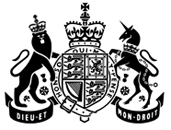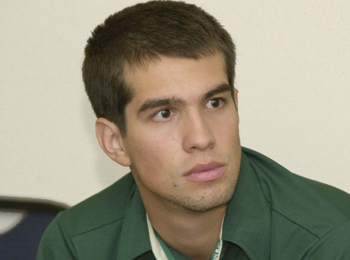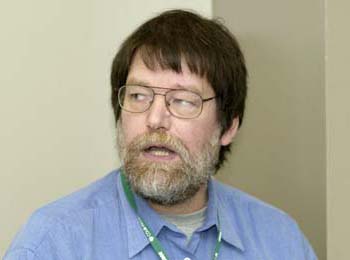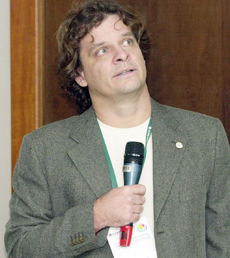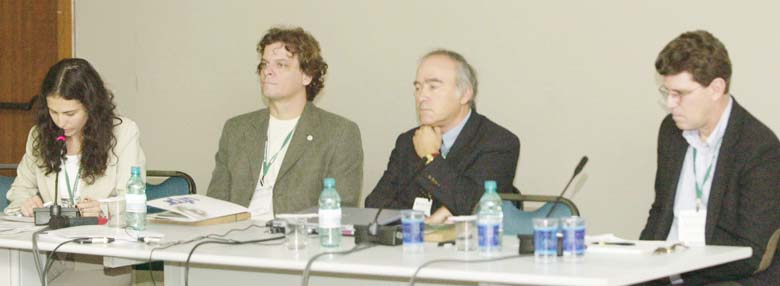Preston Hardison, Tulalip Tribes, gave an overview of issues concerning establishing registers for Traditional Knowledge (TK) adding that TK is documented to prevent the extinction of knowledge, to recover knowledge and for natural resource management. He said defensive documentation aims to register TK in order to defeat patents and to demonstrate prior art knowledge, indigenous knowledge accessible to the public prior to a patent application filing date. On the other hand, positive protection mainly aims to demonstrate possession of knowledge.
Hardison noted that registering cultural knowledge might put it at risk since it is liable to misappropriation. He elaborated on issues such as prior informed consent, the need to respect the force of customary law and the necessity of spiritual and cultural issues recognition in law. Hardison also addressed the issue of overburdening communities with documentation requirements.
Inti Montenegro de Wit, Quechua Aymara Association for Nature and Sustainable Development (ANDES), presented the Quechua Biocultural Heritage Register being used in the Potato Park in Peru, saying it aims to combine modern technology with traditional systems (khipus) utilized in the Andes for both recording and protecting TK. De Wit explained that the khipus, a traditional matrix tool, was a system used by the Incas for recording detailed information about goods and services, natural resources, statistics, demographics, laws, norms, ceremonies and rituals.
He noted that the Register is an internet-based, multimedia database developed by the Potato Park communities to document, protect and promote TK of Quechua peoples according to their customary practice and law. However, he stressed that people are very much involved in the process of managing data for the Quechua Biocultural Heritage Register by using the khipus, therefore making the people in effect “living records,” while computer technologies play a subsidiary role in the registering of potato varieties or medicinal plants. He described the recording process, noting that communities utilizing the khipus are filmed and photographed by the Potato Park community and the recorded information is transferred to computers and to the interpretation centre.
De Wit noted that the Quechua Biocultural Heritage Register is categorized under the Indigenous Peoples and Local Community Database and Registers under the United Nations University Institute for Advanced Studies, but indicated that the relationship between national and local registers is ambiguous due to the absence of clear legal enforcement mechanisms provided under the national TK regime. He said that, despite this limitation, the Peruvian regime for the Protection of Collective Knowledge of Indigenous Peoples Related to Biodiversity (Law 27811 of July 2002) is advanced compared to that of other nations, establishing a sui generis system to protect indigenous peoples’ rights.


